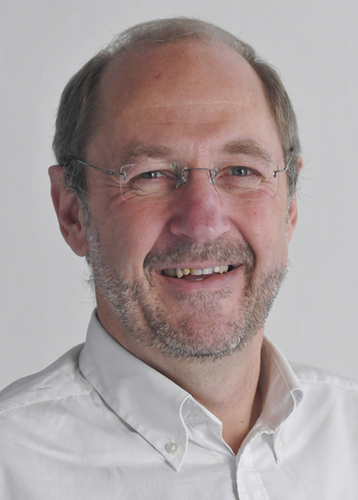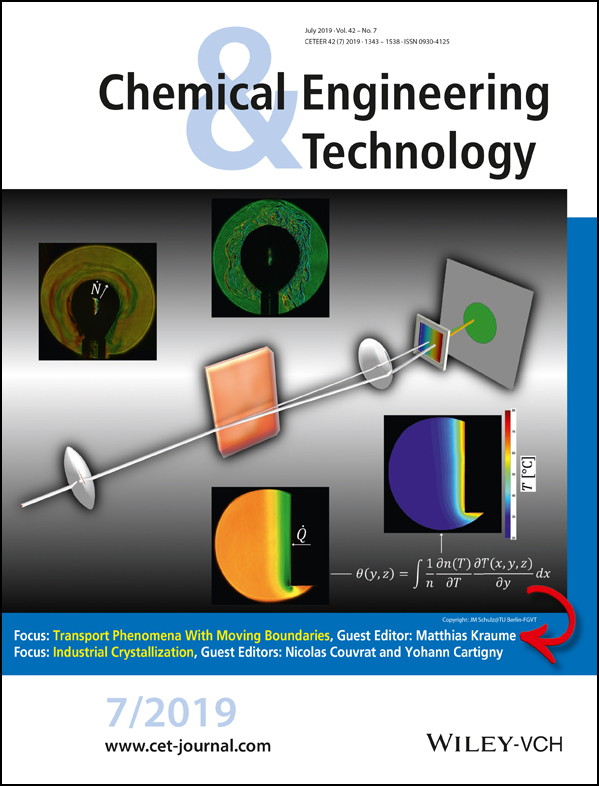The Charm of Small Conferences
Abstract
No abstract.
Big is beautiful! This slogan seems to be the motto of numerous international scientific conferences. But what might be economically beneficial for the organizers, is not necessarily the best platform for an exchange between scientists. Anyone who participated in a conference with several hundred or even more delegates knows that scientific discussions are rare there.
A completely different approach is followed by the highly specialized International Berlin Workshop (IBW) on Transport Phenomena with Moving Boundaries. This conference series started in 2001 as an experiment to identify whether there is sufficient interest in the topic. After nearly twenty years and eight events, the workshop has become well established in the scientific community. There is a small but steady group of approximately 50 experts who utilize these events as a valued exchange platform. Scientists and engineers from industry and academia working in the field of applications related to moving boundaries meet in Berlin. These experts do not only exchange information, they also discuss new concepts to solve technological and scientific problems, analyze complex applications, and examine needs and new possibilities. Despite the fact that numerous papers have been published in this field, new developments in measuring techniques and numerical models lead to insights that have not be achieved before. This progress has triggered the implementation of IBW and is still its backbone.
The spectrum of topics comprises detailed theoretical and experimental analyses of physical phenomena taking place at moving interfaces of dispersed systems and film flows. The high complexity of the processes necessitates numerical solutions. Therefore, the results of these simulations are of high importance while also some recent developments are presented. Although the types of phenomena differ considerably, several common computational features can be identified, and various problems can often be solved using similar numerical methods.
On the experimental side, the continuous development and improvement of advanced measurement techniques leads to new findings even for well-known but still unsolved problems 1. Studying local flow and transport phenomena, their spatial variations and their dynamics have become quite feasible. As a result, more sophisticated and, therefore, reliable models can be developed and replace formerly applied black-box models.
Numerous applications can be found in the contributions of the workshop ranging from absorbers to packed columns, from liquid-liquid reactors to stirred tanks. This variety highlights that the problems of moving and free boundaries are a prime example of research topics where future progress can only be achieved by interdisciplinary and international collaboration. The diversity of physical models, experimental, and numerical methods, presented at the workshop by authors originating from different countries, reflects this.
Nevertheless, even for this workshop some things change. All contributions of the first seven workshops were printed in proceedings. Unfortunately, proceedings do not find that much attention anymore. Therefore, nine papers of the 8th workshop were chosen to be published as a focus of this issue. The selection should indicate that small conferences can be even more beautiful than bigger ones.
Matthias Kraume
Technische Universität Berlin





